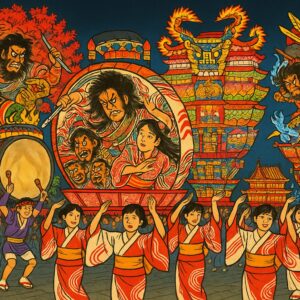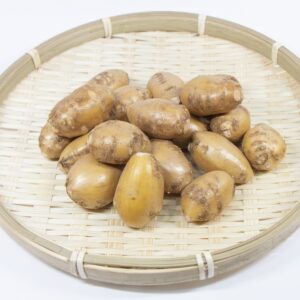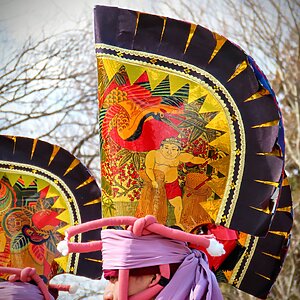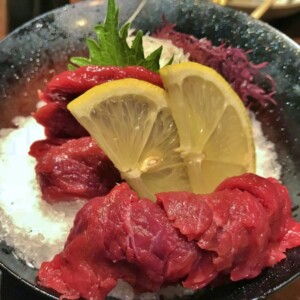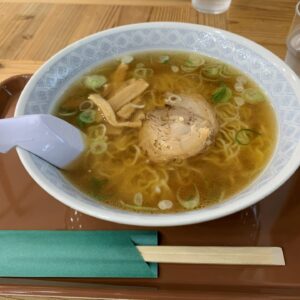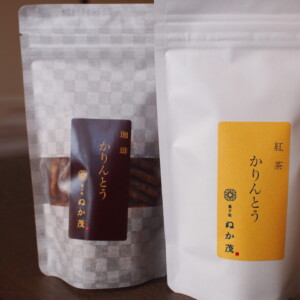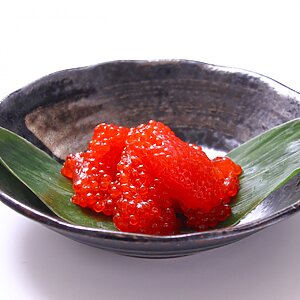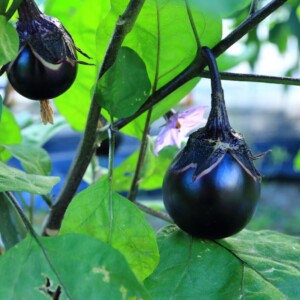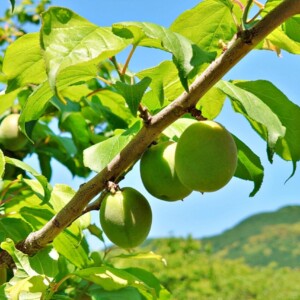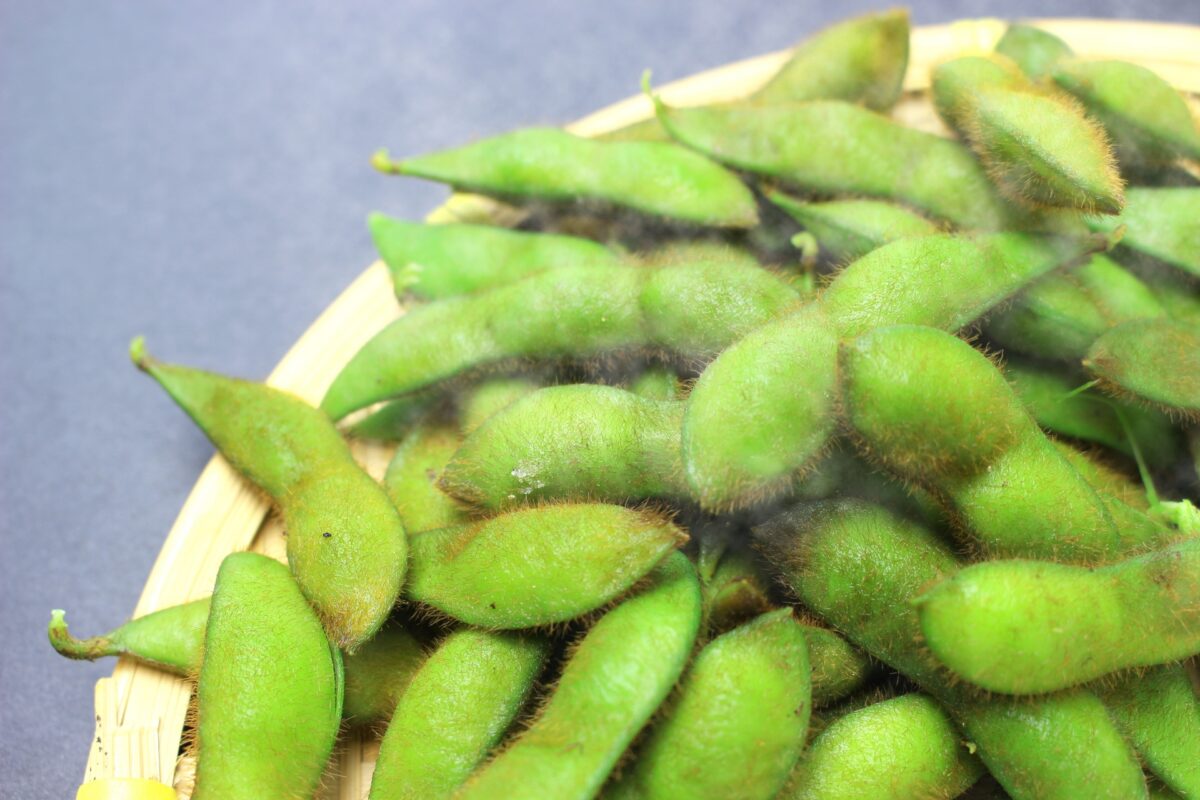
What is Aomori's autumn delicacy, "Kedamame"? Why is it less well-known than Dadacha beans?
table of contents
- 1 What is Aomori's autumn delicacy, "Kedamame"?
- 2 Where are edamame beans produced? Harvesting season also introduced
- 3 What is the difference between hairy beans and dadachamame beans?
- 4 How to boil edamame beans deliciously
- 5 Why aren't edamame beans distributed nationwide? Explaining the reason
- 6 summary
kedamame appear in supermarkets and farm shops . They are a type of edamame, and as their name suggests, they have a unique appearance with their pods covered in fine hairs. They are not as well known nationwide as dadachamame, but they are wildly popular locally, with people saying, "Once you try it, you'll never forget the taste." We explore the appeal of kedamame and find out why they are so beloved, yet not widely known outside the prefecture.
What is Aomori's autumn delicacy, "Kedamame"?
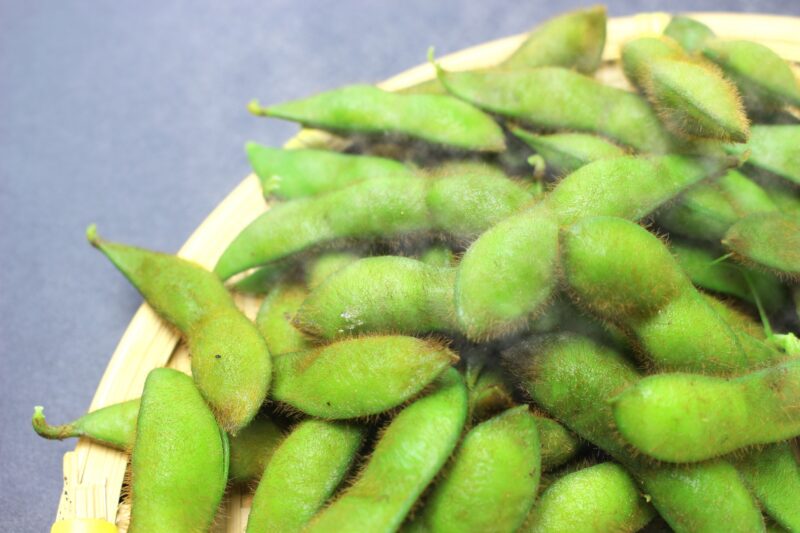
Kedamame beans are an essential ingredient in autumn in Aomori. It may be an unfamiliar name, but what kind of beans are they? First, let's take a look at what they look like and what they taste like.
Hairy beans with lots of hair
Kedamame is a type of edamame, but it is larger than regular edamame and has a strong flavor. The pods are densely covered with downy hairs, which can be surprising to first-time visitors. However, it is said that these hairs help to preserve the freshness of the beans and allow their sweetness and umami to remain.
Characterized by overwhelming umami and sweetness
Edamame beans are characterized by their sweetness, richness, and rich umami flavor. They have a deeper flavor than regular edamame, and some people say, Once you try edamame, you can't go back to edamame
Where are edamame beans produced? Harvesting season also introduced
Kedamame beans have been popular mainly in the Tsugaru region of Aomori, and because they are only in season for a limited period, they are only available for a short time.
The main production area is the Tsugaru region
Kedamame is a large, green soybean native to the Tsugaru region of Aomori Prefecture. It is cultivated mainly in Hirosaki and Kuroishi cities, and in the fall it graces farm shops and home dining tables. It is rarely sold outside the prefecture, and has remained a "bean that can only be eaten locally."
Harvested only in autumn! A short season
The season for edamame beans is only a few weeks, from mid-September to early October. Because it is so short, their sweetness and flavor really stands out. The people of Aomori say that "autumn has arrived when edamame beans appear," and they look forward to this time of year.
What is the difference between hairy beans and dadachamame beans?
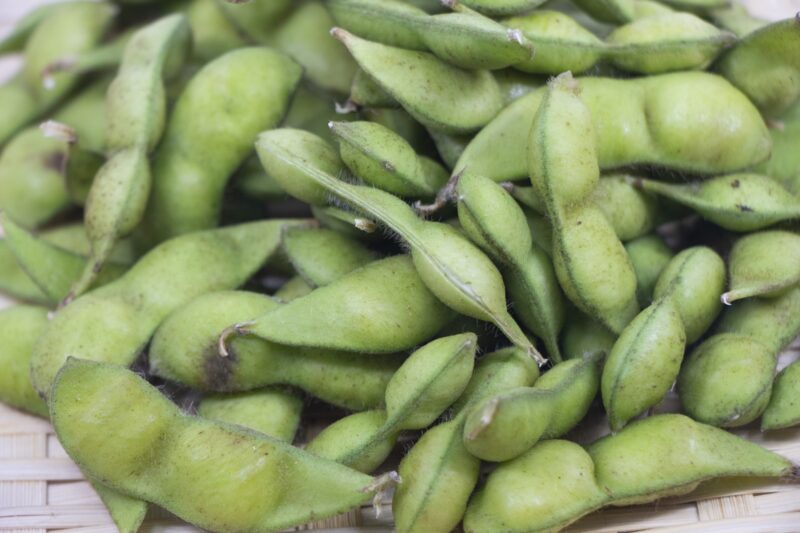
Dadacha beans from Yamagata are often compared to Kedamame . Both are native to the region, but there are some differences.
Kedamame beans are very sweet, while dadachamame beans have a rich aroma and flavor.
Kedamame beans have a rich sweetness and umami flavor, making them satisfying to eat. Dadacha beans have a unique aroma and flavor, and are also very popular. While opinions differ on which one you prefer, many people are drawn to the strong flavor of Kedamame beans.
Dadacha beans are famous nationwide.
Dadacha beans have become a well-known brand and are known nationwide. On the other hand, Kedamame beans have long been protected as beans eaten at home, so they remain less well-known. Although they are comparable in taste, this difference in brand power has prevented them from becoming more widespread.
How to boil edamame beans deliciously
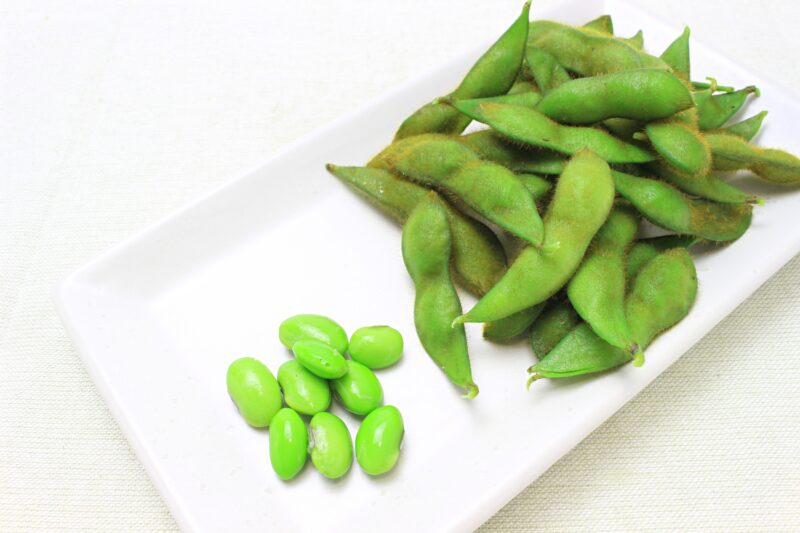
The taste of edamame beans changes dramatically depending on how you boil them. Here we will introduce the basic way to boil edamame beans to make them delicious.
- thoroughly
and rub them with salt to remove any hair or dirt. Leave them for 5 to 10 minutes to remove the bitterness, then rinse quickly for a better finish. - pot
, add salt and add the hairy beans all at once. Once it boils again, simmer over low heat for about 6 minutes. The beans are done when the pods open a little. If you like them a little softer, boiling them for about 8 minutes will be just right. - Cool
by placing the beans in a colander and cooling them quickly using a fan. The trick is to not let the residual heat cook them too much, but do not soak them in water, as this will cause the delicious flavor to escape. They are delicious when eaten hot, but cooled beans have an even sweeter taste.
Why aren't edamame beans distributed nationwide? Explaining the reason
If hairy beans are so attractive, why aren't they distributed nationwide?
A secret native species
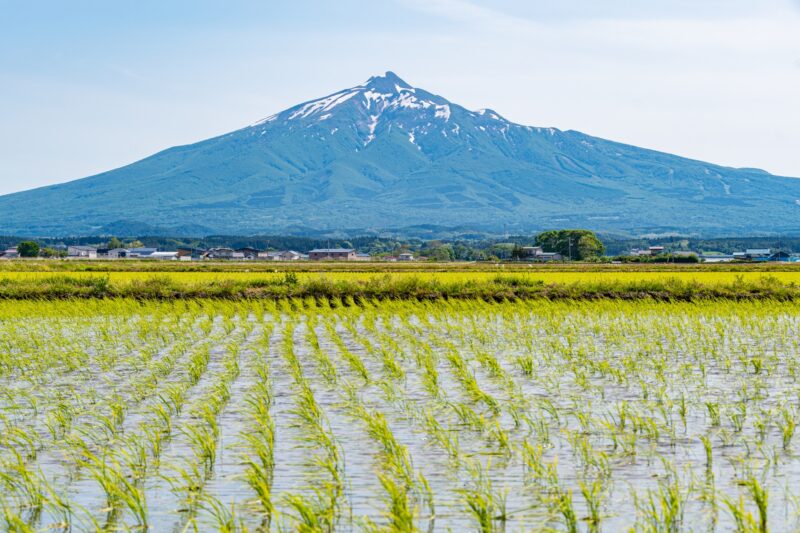
Kedamame beans are a native variety of beans that has been passed down in the Tsugaru region and has been protected by farmers for generations. They have been planted in the corners of fields or in seedbeds and grown with the assumption that they will be eaten at home. This traditional position is a major reason why they have rarely been seen outside.
Delay in branding
While Dadacha beans were quickly branded and spread nationwide, Kedamame beans were passed down as "beans to eat at home." They were confined to the culture of farmers and the region, and it was difficult to create a movement to spread their name recognition.
Freshness unsuitable for distribution
Kedamame beans are delicate beans that lose their flavor even a day after harvest. Because freshness is crucial, they are not suitable for long-distance transportation, and are rarely seen outside of the prefecture. This is why they can only be enjoyed in Aomori during their peak season.
summary
Kedamame is a native edamame that is an essential part of autumn in Tsugaru. Despite its hairy appearance, it has captivated many people with its sweetness and rich flavor. It is not as well known as dadachamame, but as freshness is crucial, it is a special bean that can only be enjoyed locally. If you have the opportunity to visit Aomori in autumn, be sure to try the seasonal edamame.



